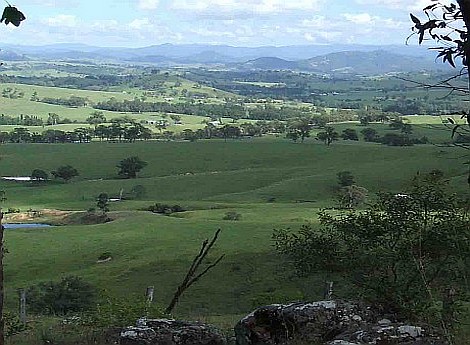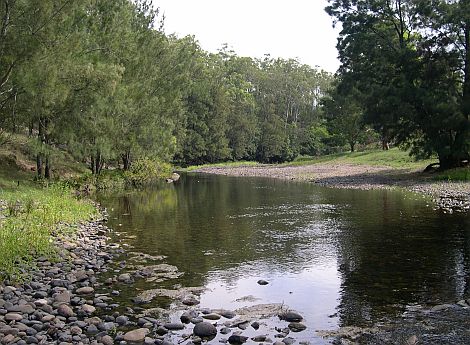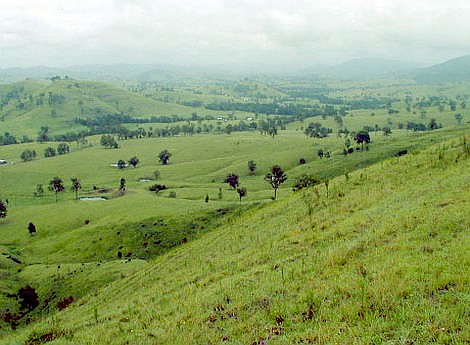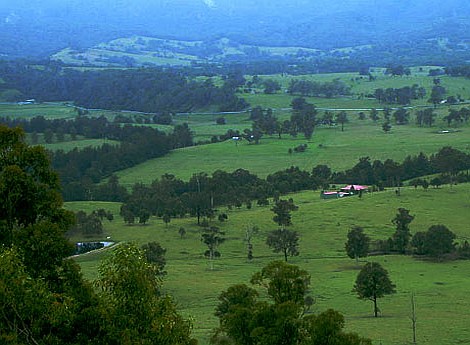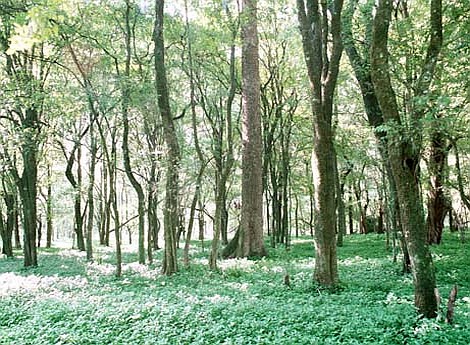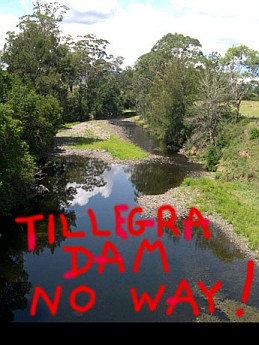No more dams!
The 6 1/2 years of campaigning by NTDG & SWR coalition has been justified at last. Remodelling and a proper assessment process has proven that no dams are needed for the Hunter. The declaration made by Minister Pearce of no dams in the Lower Hunter Water Plan was announced in the NSW Parliament on Tuesday 30 April 2013…
LOWER HUNTER REGION WATER PLAN
The Hon. RICKCOLLESS: My question is directed to the Minister for Finance and Services. Will he update the House on the latest progress in developing the Lower Hunter Water Plan?
The Hon. GREG PEARCE: The Govemment is determined to create a comprehensive, robust, cost-effective, whole-of-government plan to ensure water security for the lower Hunter region. Development of the plan is being overseen by an independent panel of water experts, with ongoing input from the community. This week I am very pleased to be able to announce a short list of supply and demand options that will be further investigaled as part of the plan. The shortlisted options cover a range of drinking water supply and demand categories, such as stormwater capture, recycling, demand management, water efficiency, surface watet transfers, groundwater, and emergency desalination.
The demand forecast for the region is a key part of that process, and it has been revised. The most recent model shows that growth in demand is lower than previously predicted and that major augmentation of supply is not needed in the short to medium term. However, modelling also has shown that while the existing water supply system performs well in normal conditions, the region is vulnerable to severe drought. The options shortlisted for further investigation take that into account and have been selected from more than 70 initial concepts. As the Government has always said, the Lower Hunter Water Plan will look at all options, other than the previously rejected Tillegra Dam. We now have sufficient information from the modelling work done to date and the community consultation workshops conducted so far to also rule out the need for us to construct a new dam in the region as part of the plan.
In fact, three landholdings that Hunter Water had earlier acquired for the previous Government’s proposal to build Tillegra Dam already have been placed on the market. While the shortlisted options are all technically feasible, that does not mean that they will all be included in the final mix of measures recommended in the plan. We need to compare the financial, social and environmental features of each option to identify resilient combinations that will meet the region’s need throughout a severe drought at the least cost to the community. The options we are considedng taking foward include programs to improve water efficiency and the introduction of “Water Wise Rules”, as used successfully in Sydney and the Central Coast. They include new stormwater and wastewater recycling opportunities and potentially new groundwater options. There is also the potential to transfer water from nearby areas for use in the Hunter, if necessary. Those options are being investigated in
close consultation with the appropriate stakeholders.
As stated previously, the Government will not be proceeding with any proposals to construct new dams in the region. The Government fully understands that there will be strong community interest in many of those options. We are committed to giving the community every oppodunity to contribute input. That is why we will be running a series of community engagement workshops over the next week. The next series of workshops will be the third undertaken since work on the plan began and demonstrates our continued commitment to community consultation. I urge anyone who is interested in the future of lower Hunter water supplies to participate in the workshops. Infomation about the shortlisted options are also on the Lower Hunter Water Plan website wwtw.haveyousay.nsw.gov.au/lowehunterwaterplan. I encourage members of the community to take advantage of this great opportunity to provide input and have their say in the Lower Hunter Water Plan’s processes.

